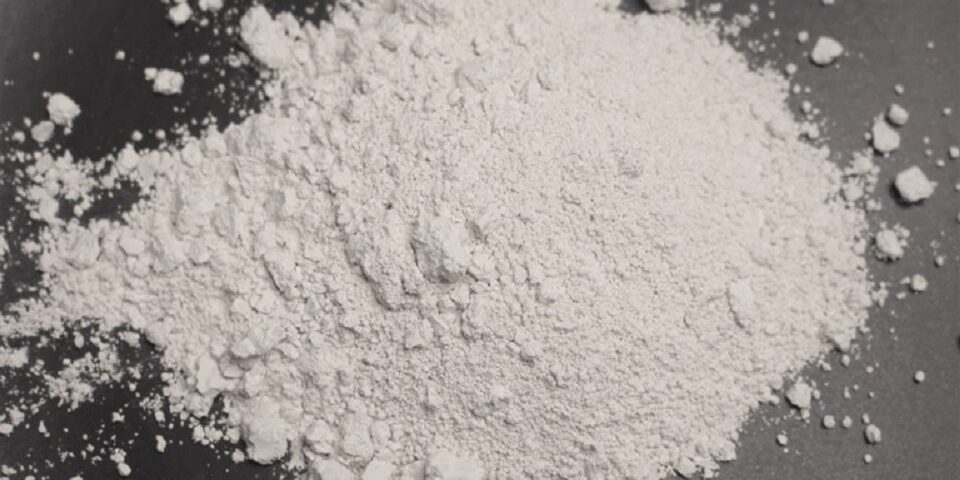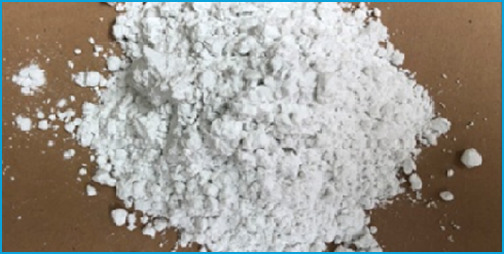
Is diatomaceous earth good for stomach?
June 13, 2023What is the use of silicon fertilizer
June 26, 2023Introduction
Kieselguhr, also known as diatomaceous earth or DE, is a naturally occurring sedimentary rock that is composed of fossilized remains of diatoms, a type of algae. It has gained significant recognition and industrial applications due to its unique physical and chemical properties. In this blog post, we will explore the crystalline or amorphous nature of kieselguhr and provide an overview of its other names and applications.Crystalline or Amorphous Nature?
Diatomaceous Earth is primarily composed of fossilized remains of diatoms, a type of algae. In terms of its nature, it is predominantly amorphous. Amorphous materials lack a long-range order in their atomic arrangement, resulting in a glass-like structure. In the case of kieselguhr, its amorphous nature is a consequence of the diatomaceous remains undergoing processes such as compaction and cementation over millions of years. This amorphous structure gives this mineral its unique properties, including its high porosity, low density, and excellent absorption capabilities. The absence of a crystalline structure also contributes to its characteristic powdery texture. Its amorphous nature plays a significant role in its various applications, such as filtration, thermal insulation, catalyst support, and abrasives. Its amorphous structure allows it to efficiently trap impurities, retain heat, provide a gentle polishing effect, and absorb moisture..
Other Names
This mineral is known by various names depending on the region and industry. Some common alternative names include:
Diatomaceous Earth (DE): This is the most widely recognized term for this mineral. It refers to the earthy sediment composed of diatom remains.
Celite: This is a brand name that has become synonymous with diatomaceous earth. Celite is often used as a general term to refer to its products.
Infusorial Earth: This name refers to the fine-grained nature of this mineral, which can be easily suspended or dispersed in liquids.
Tripolite: In some areas, it is also referred to as tripolite, derived from the Latin word "tripolis," meaning "three cities." This name arose due to the presence of three cities, Tripoli in Libya, Oberdiessbach in Switzerland, and Lompoc in California, where diatomaceous earth deposits were first studied.
Application
DE finds extensive applications in various industries, thanks to its unique properties. Let's delve into some of its notable uses:
Filtration and Purification: One of the most common applications of DE is as a filtration medium. Its porous structure allows it to efficiently trap and remove fine particles, bacteria, and other impurities from liquids. It is widely used in water treatment, brewing, winemaking, and pharmaceutical manufacturing.
Industrial Catalyst: It serves as a catalyst support material in various industrial processes. Its high surface area and porosity make it an ideal substrate for catalysts, enabling efficient chemical reactions in fields such as petrochemical, refining, and organic synthesis.
Thermal Insulation: Due to its low thermal conductivity, it is utilized as an insulating material in industries where heat retention or insulation is crucial. It is often found in applications such as fire-resistant coatings, building materials, and high-temperature insulation products.
Abrasives and Polishing: The abrasive nature of this mineral, coupled with its fine particle size, makes it suitable for applications in the polishing and abrasive industry. It is used in metal polishing compounds, toothpaste, and skincare products to provide a gentle exfoliating effect.
Absorbents: It exhibits excellent absorbent properties due to its high porosity. It is commonly employed in oil spill clean-up operations, cat litter, and as a drying agent in the packaging of moisture-sensitive goods.
Agricultural and Horticultural Uses: It has proven valuable in agriculture and horticulture due to its ability to retain water and nutrients while improving soil structure. It is used as a soil amendment, insecticide carrier, and plant growth stimulant.
Conclusion
In conclusion, kieselguhr, also known as diatomaceous earth, is an amorphous sedimentary rock composed of fossilized diatoms. Its unique physical and chemical properties make it a versatile material with a wide range of applications. Despite being amorphous, it possesses exceptional properties such as filtration capabilities, thermal insulation, catalyst support, and abrasiveness. It finds uses in diverse industries, including water treatment, manufacturing, construction, and agriculture. Understanding the composition and applications of this mineral helps harness its potential in various fields, contributing to its continued significance in the industrial landscape.



